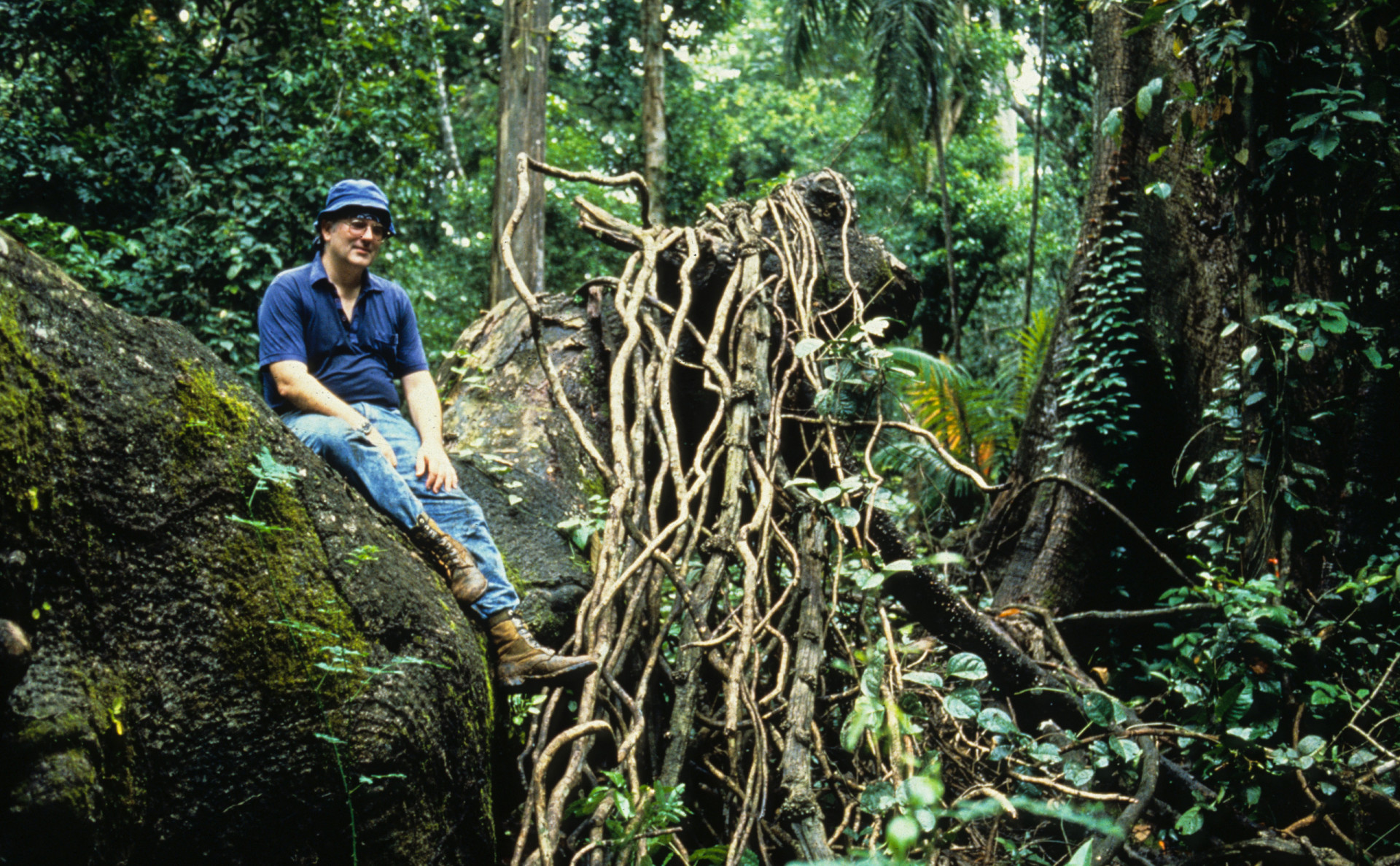Profile:
Stephen
Hubbell
Do pests keep rare tree species from becoming common?
Barro Colorado Island, Panama
A five-year, $2-million grant will help test the hypothesis that rare trees are more susceptible to pathogens than common trees on Barro Colorado Island.
In the ongoing search for the fundamental causes of tropical tree biodiversity, STRI ecologist Stephen Hubbell proposes that plant enemies, disease-causing microbes and pests, play an important role in keeping rare species from becoming locally common. Hubbell will put the Enemy Susceptibility Hypothesis to the test over a five-year period on Panama’s Barro Colorado Island with a $2 million National Sciences Foundation research grant.
Hubbell, who co-founded the first tropical forest monitoring plot of the Smithsonian’s 47-plot Global Earth Observatory network, says his hypothesis predicts rare tree species will have a greater percentage of hollow-trunk trees and harbor more pathogenic fungal species than common trees. Rare trees should also share more of these pathogens with other trees.
The other principal investigators on the project include STRI research associates Greg Gilbert of UC Santa Cruz, and Travis Glenn from the University of Georgia, and UCLA’s Brant Faircloth. Megan Saunders from UC Santa Cruz rounds out the senior personnel on the team. Field courses for high school and college students, as well as U.S. and Panamanian teachers, will be held during the first three years of the project.



